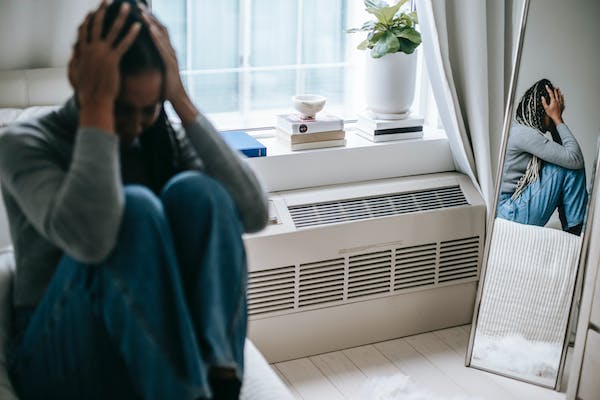Anxiety, that flutter of nerves before a big presentation or a looming deadline, is a normal and even healthy emotion. It helps us gear up to face life's challenges, whether it's acing a test, giving a speech, or responding to a threat. Yet, for some individuals, anxiety can take an excessive, persistent, and overwhelming form, seeping into their daily lives and well-being. This is when anxiety transforms into a mental health issue that warrants attention and care.
Anxiety disorders are some of the most prevalent mental health conditions globally, impacting about 1 in 10 people at various points in their lives. They don't discriminate – they can affect anyone, regardless of age, gender, culture, or background. Additionally, they often co-occur with other mental health concerns, such as depression, substance misuse, or eating disorders.
These anxiety disorders manifest in different ways, each with its own set of symptoms and causes. Here are some of the most common types:
Generalized Anxiety Disorder (GAD):
People with GAD grapple with uncontrollable worry about various life aspects like health, work, family, or finances.
Physical symptoms may accompany this worry, such as restlessness, fatigue, muscle tension, irritability, difficulty concentrating, or insomnia.
Panic Disorder:
This disorder brings on unexpected panic attacks, sudden episodes of intense fear that peak within minutes.
Panic attack symptoms include palpitations, sweating, trembling, shortness of breath, chest pain, nausea, dizziness, and fear of losing control or dying.
Social Anxiety Disorder (SAD):
SAD involves an intense fear of social or performance situations where one may face negative judgment.
Symptoms can encompass blushing, sweating, trembling, nausea, difficulty speaking, or complete avoidance of social interactions.
Specific Phobias:
These are irrational fears of specific objects or situations that pose little or no actual danger, like heights, spiders, blood, flying, or injections.
Symptoms may include panic attacks, avoidance behaviors, or extreme distress when exposed to the feared stimulus.
Separation Anxiety Disorder (SAD):
While more common in children, SAD can affect adults, leading to excessive fear of being separated from an important attachment figure.
Symptoms encompass clinginess, crying, tantrums, nightmares, or physical complaints upon separation.
If you suspect you or someone you know may be struggling with an anxiety disorder, it's crucial to seek professional help promptly.
Anxiety disorders are manageable and treatable through effective strategies and interventions. Here are some common approaches:
Psychotherapy:
Engaging in discussions with a trained mental health professional can help you understand the causes and effects of your anxiety disorder.
Cognitive-behavioral therapy (CBT) is a particularly effective form of psychotherapy that assists in identifying and challenging negative thoughts, replacing them with more realistic and positive ones.
Medication:
Medications prescribed by a healthcare provider can reduce the severity and frequency of anxiety symptoms.
These medications may include antidepressants (like SSRIs), anti-anxiety drugs (benzodiazepines), or beta-blockers to alleviate physical symptoms.
Self-Help:
Empower yourself with various strategies and resources to cope with anxiety independently or with support.
Explore relaxation techniques, engage in regular exercise, maintain a healthy diet, practice good sleep hygiene, employ positive affirmations, consider exposure therapy, join support groups, and access online resources that provide valuable information and guidance.
Anxiety disorders should not be stigmatized or brushed aside. They are real and impactful mental health challenges that can affect anyone. However, with proper care and support, they are entirely manageable and treatable. If you or someone you know is wrestling with anxiety, don't hesitate to seek help. Remember, you are not alone, and you can conquer your anxiety, leading a fulfilling and joyful life.









Comments
Post a Comment